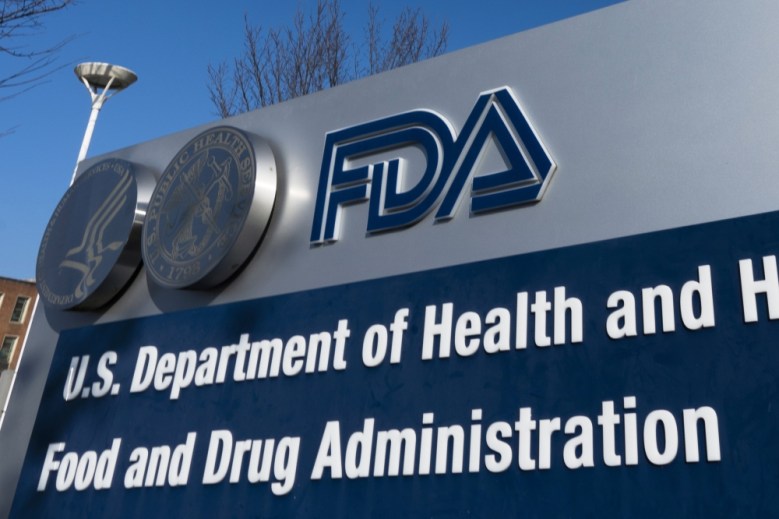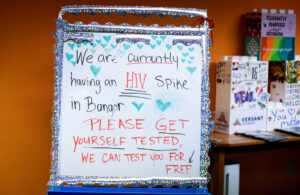
Cancer is increasingly affecting younger populations, as evidenced by alarming statistics that reveal a dramatic rise in diagnoses among adults under 50. In Maine, as in many parts of the world, the narrative surrounding cancer is shifting. Once considered primarily an illness of older age, cancer is now striking earlier in life, changing the lives of individuals and families across the state.
A recent report highlights the concerning trend that colorectal cancer cases have nearly doubled among Americans under 50 since the 1990s, according to the National Cancer Institute. Furthermore, an extensive global study shows that the incidence of cancers among younger adults surged by nearly 80% between 1990 and 2019, particularly affecting those in their 30s and 40s. In Maine, the state’s cancer registry indicates that colorectal cancer has become one of the leading cancers diagnosed in adults under 50.
Understanding the Causes of Rising Cancer Rates
Several factors contribute to this worrying trend. Poor dietary habits, characterized by high consumption of ultra-processed foods, coupled with rising rates of obesity and diabetes, are significant contributors. Alcohol and tobacco use also play a role, alongside environmental chemicals such as PFAS, commonly known as “forever chemicals.” These substances have infiltrated Maine’s farmland and water systems, increasing cancer risks that persist long after their introduction.
The interplay between genetics and environmental factors is key. While genetic predisposition remains important, it has not evolved significantly over a single generation. The concept of epigenetics suggests that environmental exposures may activate or deactivate genes, potentially triggering cancer at earlier stages of life.
Culturally and institutionally, there exists a long-standing bias within the medical community that regards cancer predominantly as a disease of aging. Young patients often find their symptoms dismissed. For instance, a 38-year-old experiencing rectal bleeding may be told it is merely hemorrhoids, while a 42-year-old suffering from fatigue might be advised to rest more. This misdiagnosis can lead to advanced-stage cancers by the time proper attention is given, severely impacting treatment outcomes.
Proactive Measures and Policy Changes Needed
To mitigate this growing crisis, policy changes are essential. Maine has taken commendable steps to confront the issue of PFAS contamination, enacting a ban on most uses by 2040 and establishing a $60 million fund to support farmers affected by the chemicals. Yet, the effectiveness of such measures is limited by the need for stronger federal regulations, as these chemicals do not adhere to state lines.
On the dietary front, the state grapples with a high obesity rate, the highest in New England, which is linked to at least 13 different types of cancer. Addressing this issue requires systemic changes, including healthier school lunch programs, incentives for local food production, and stricter regulations against predatory marketing aimed at youth.
Additionally, the healthcare system must adapt to the realities faced by younger cancer patients, many of whom are just starting their careers or raising families. Nationally, medical bills associated with cancer treatment are among the leading causes of bankruptcy. Maine’s forthcoming family and medical leave program, set to launch in 2026, is a positive development. However, more comprehensive support is needed, including flexible work arrangements and financial protections that ensure treatment does not result in economic hardship.
Research funding must also shift focus. While billions are invested in cancer studies annually, much of it continues to concentrate on older populations. Understanding the factors behind the rising rates of cancer in younger adults and how environmental exposures contribute is vital. Institutions like the Jackson Laboratory in Bar Harbor could play a significant role, provided resources are allocated to address this emerging crisis.
Maine is particularly vulnerable, being the oldest state in the United States with high cancer rates among seniors. The increasing incidence of cancer in younger adults intensifies the pressure on healthcare systems already strained by the needs of an aging population. Rural hospitals face challenges in maintaining oncology services, forcing patients in regions like Washington and Aroostook counties to travel long distances for care.
Despite the daunting statistics and challenges, the human impact remains profound. A young father from Portland, who is about to begin chemotherapy, expressed a heartfelt wish: “I just want to live long enough to see my kids graduate.” This sentiment underscores the urgency of the situation—beyond the numbers and registries, it is about life milestones and the aspirations of families.
The narrative surrounding cancer is changing. No longer confined to the later stages of life, it is intruding into the earlier chapters of existence. This shift does not have to lead to despair. If patients are empowered to trust their instincts, if healthcare providers approach diagnosis with an open mind, and if lawmakers pursue progressive policies, there is hope for a brighter future.
The rising rates of cancer among youth represent one of the most significant public health challenges today, but they also present an opportunity for change. Through increased awareness, bold policies, and community support, more young adults can be equipped to thrive, ensuring they have the chance to raise their children and enjoy the full breadth of life as their grandparents did. The old narrative is being replaced, and with proactive action, the final chapters can tell a story of resilience and hope.






